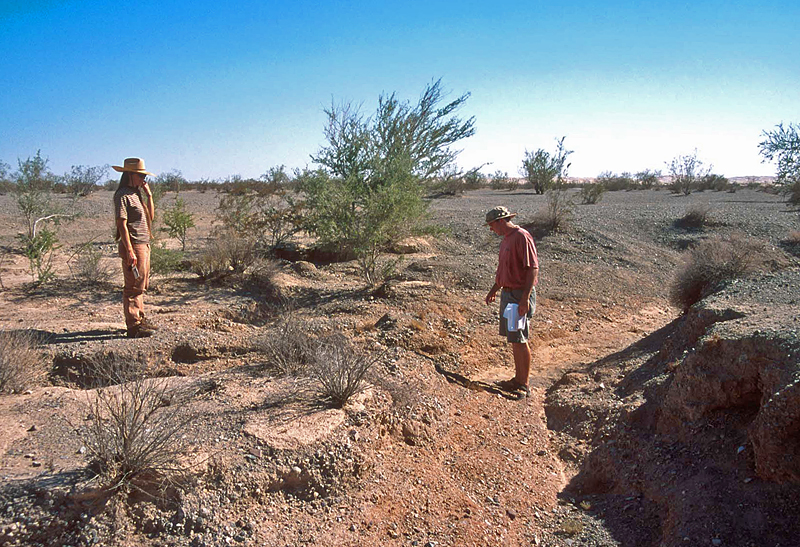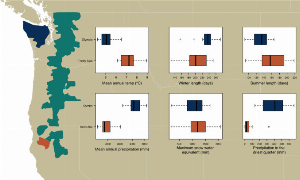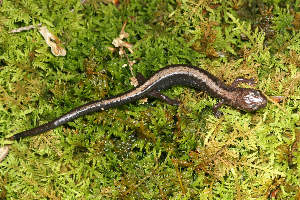Climate Change
Freshwater wetlands provide critical habitat for a diverse array of organisms including many amphibians. Yet, under the continued impacts of water diversions and the newer threats of climate change, these habitats are among the most imperiled ecosystems on Earth. Climate change has the potential to alter many sources of water critical to the habitats amphibians need, especially those associated with breeding and development. Potential changes include: change in timing and availability of water from glacier melt, snow and rain timing and amount; persistence of vernal pools and seasonal wetlands; altered evapotranspiration rates; and reduced stream flows and groundwater recharge rates.
Other ecosystem components likely to change in response to climate change include the timing and frequency of fires, the spread of invasive plants and animals, and microclimates in which the animals live.

Climate Change - ARMI Papers & Reports
Data Release Amphibian (chorus frog, wood frog, tiger salamander) surveys in Rocky Mountain National Park (1986-2022)
Papers & Reports Contrasting demographic responses under future climate at multiple life stages for two populations of a montane amphibian
Data Release Data release - Abiotic and biotic factors reduce viability of a high-elevation salamander in its native range
View All Data Releases on Climate Change
* PDF documents require Adobe Reader or Google Chrome Browser for viewing.



